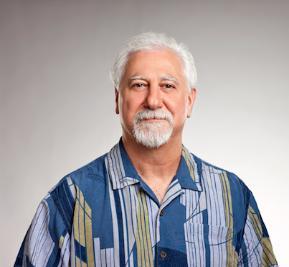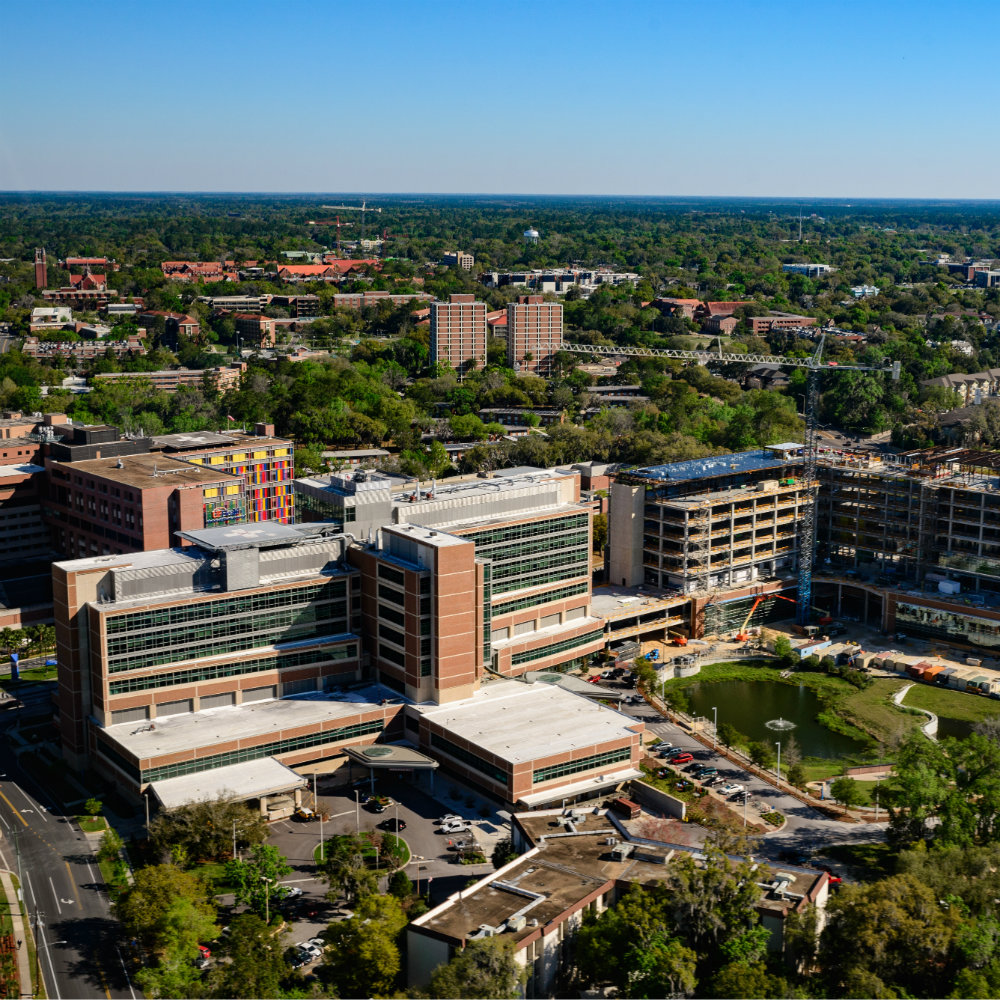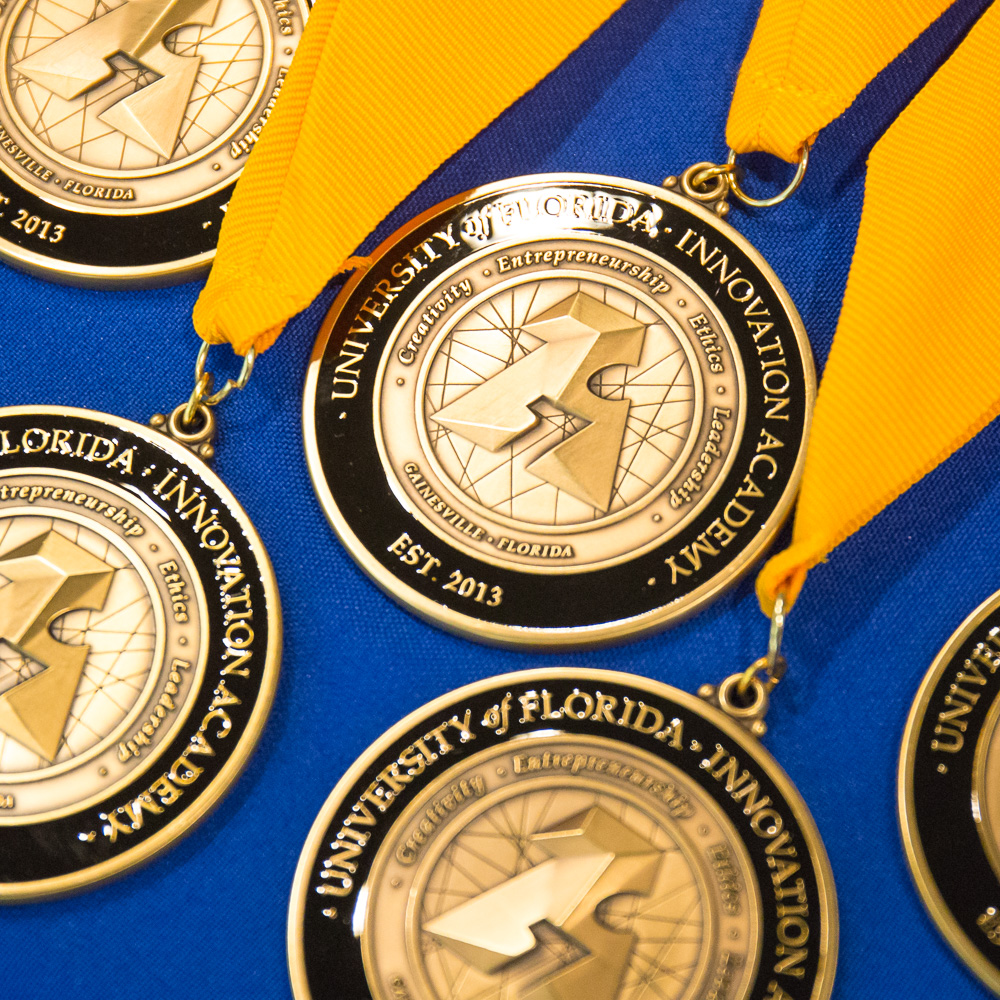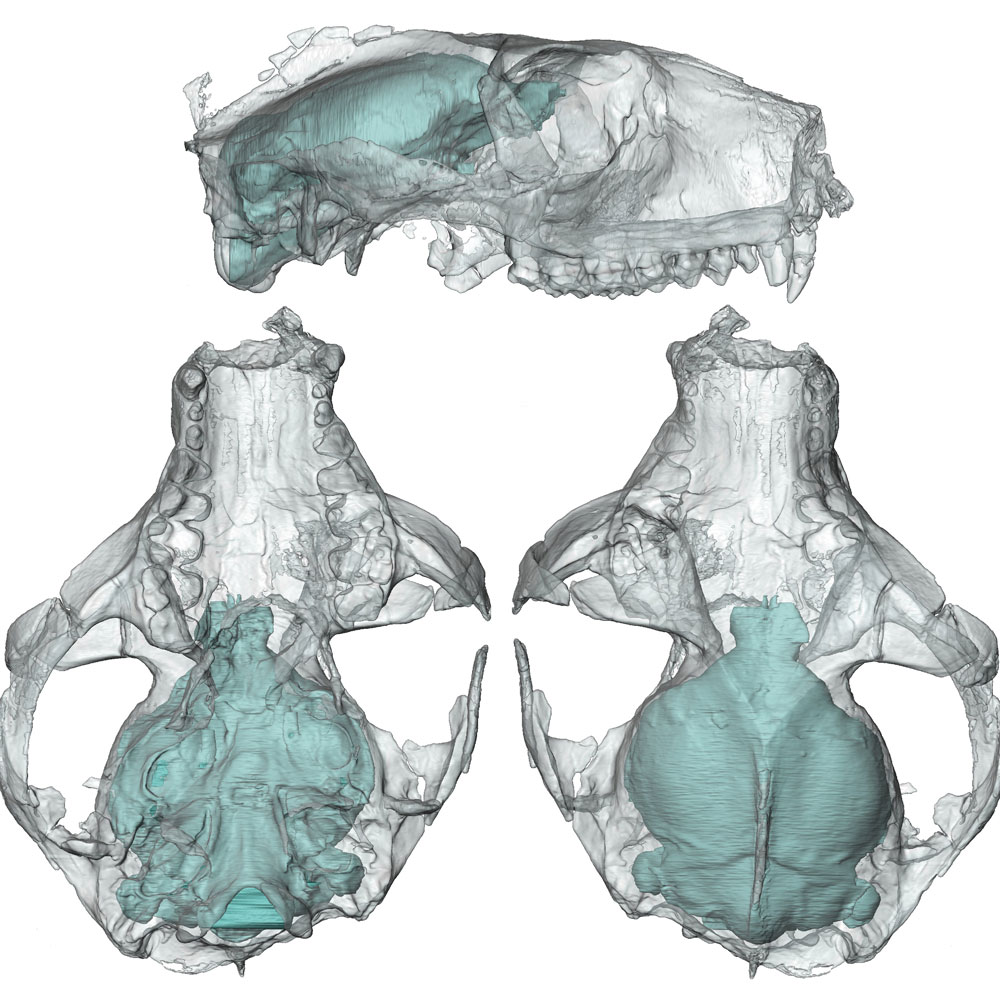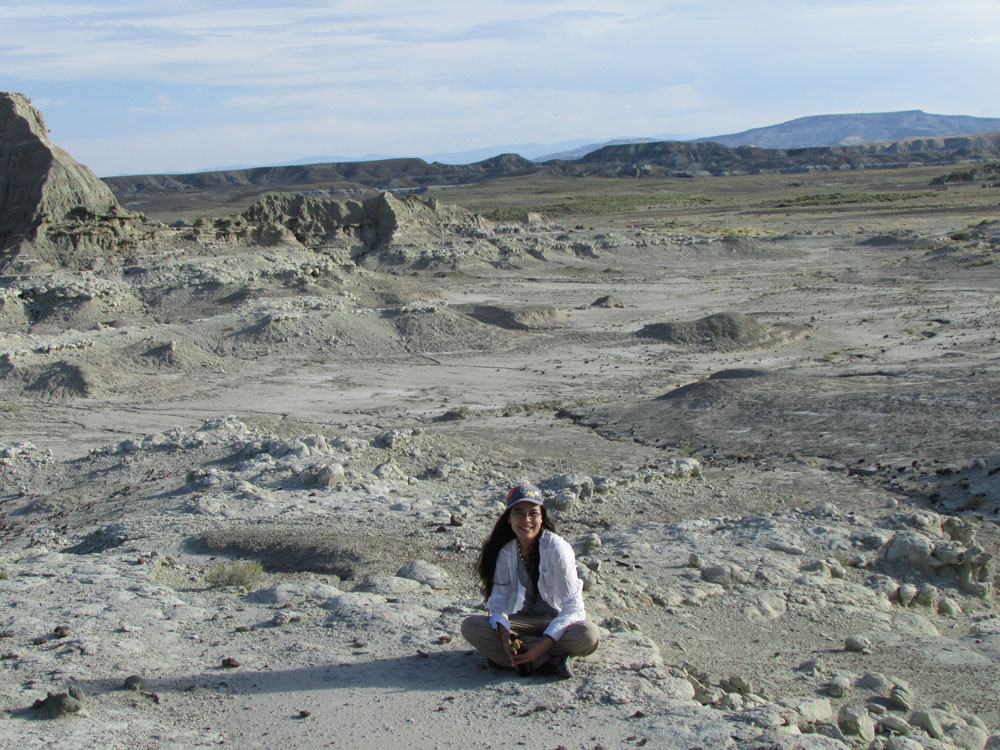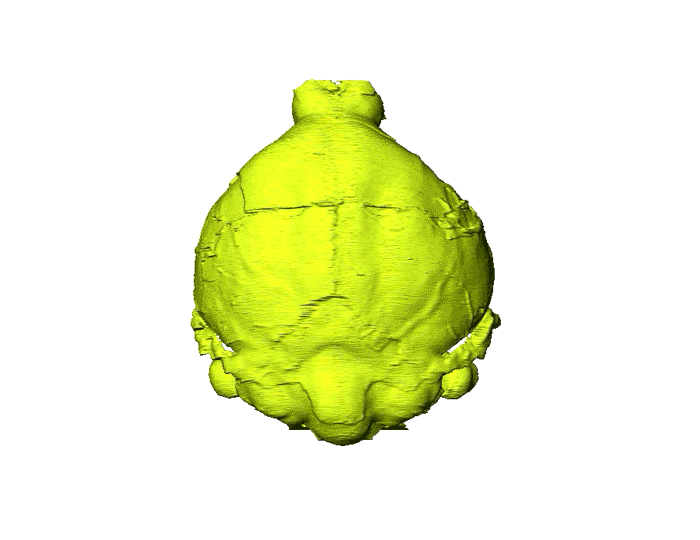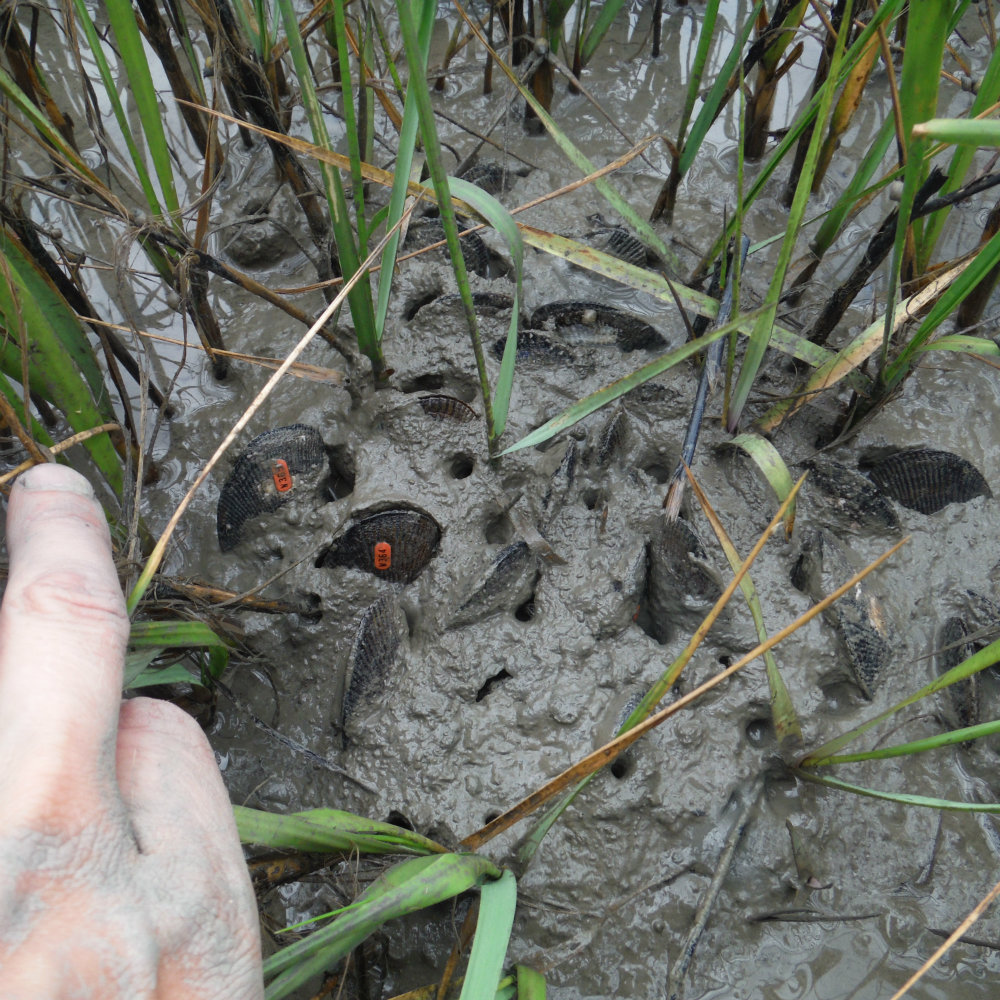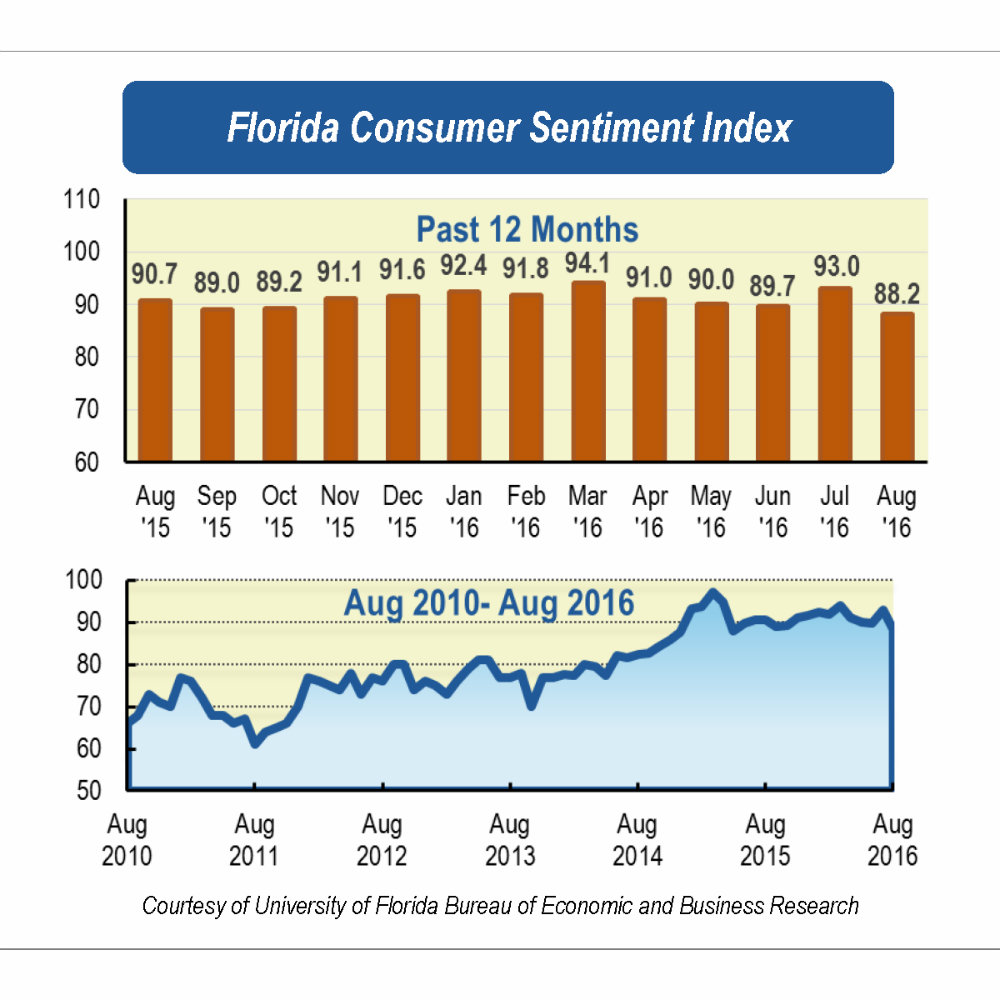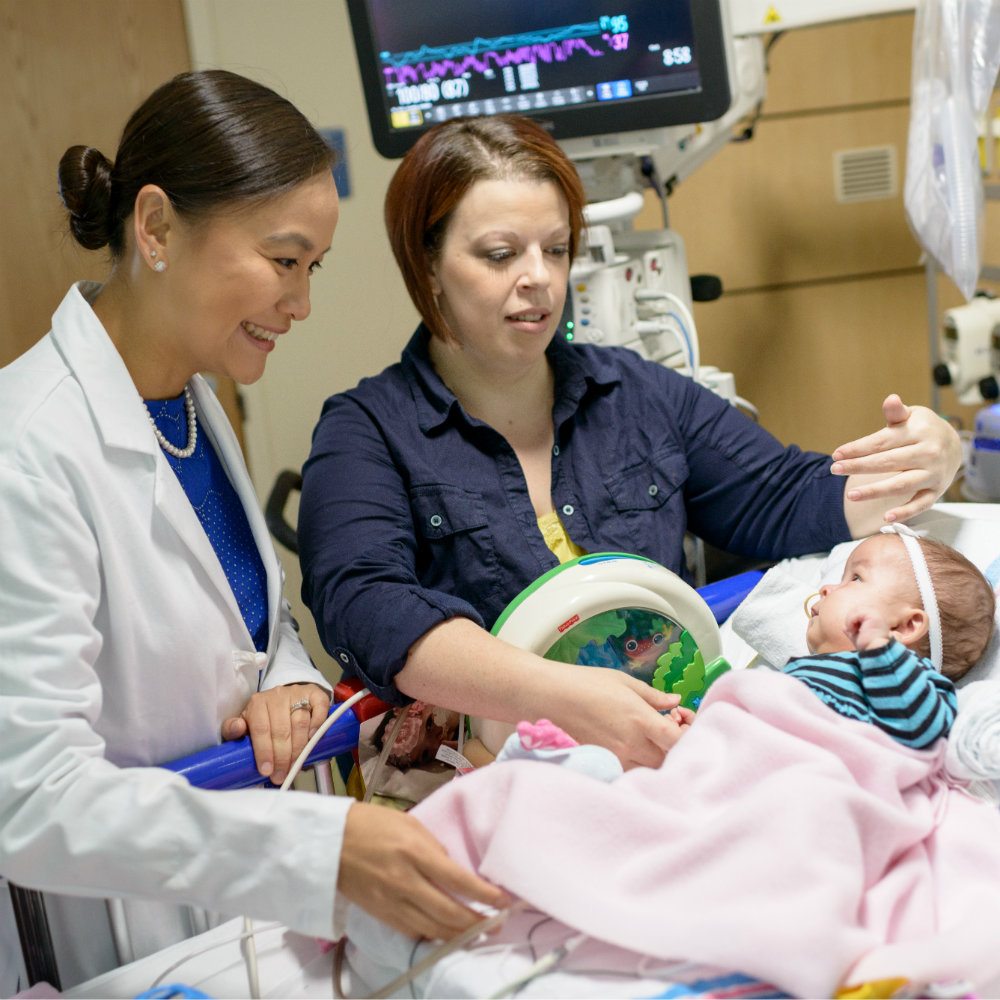Linda Bartoshuk is the Bushnell Professor of Food Science and Human Nutrition at the UF Institute of Food and Agricultural Sciences. She has served as president for the Association for Psychological Science and in many other scientific and academic leadership roles. She is a fellow of the American Academy of Arts and Sciences and a member of the National Academy of Sciences. Below is her speech.
Good afternoon and congratulations!
I’ve never given a commencement address before, so I did some reading including commencement addresses by people I admire. I particularly liked the address that Steve Jobs gave at Stanford in 2005. He started by saying that he wanted to tell three stories from his life. “That’s it. No big deal. Just three stories.”
I will modify that just a bit and tell you four stories. These stories are loosely related to the advice I will pass on, but in case that relation is too loose, let me give you that message right now.
In the popular imagination, scientists are supposed to solve problems and make discoveries. But while I have done a bit of that over the course of my career, I have also hit plenty of dead ends, both professionally and scientifically. I’ve learned from those experiences that when finding a way out looks impossible, you have to keep an open mind. You can sometimes change direction and find a solution where no one was looking.
On to the stories.
I was born in Aberdeen, South Dakota, a small prairie town with a population of about 25,000.
When I was a kid, I wanted to be an astronomer. In junior high we had a career night. Each of us wrote on a 3-by-5 card what we wanted to be, and the school promised to find us someone in that profession to interview. I wrote down that I wanted to be an astronomer. The school scheduled me to interview a secretary.
Fast forward a bit. In high school we had to have the list of courses we wanted to take approved by a guidance counselor. I wanted to take algebra, trigonometry, chemistry and physics. My counselor suggested that these were unrealistic for me. Subtext: As a girl I would have no use for such subjects. I bargained. I was ultimately allowed to take those courses, but I had to take bookkeeping and typing as well. Actually, the typing wasn’t a bad idea; it’s come in handy.
Fast forward a bit more. College. I went to Carleton College and they had an astronomy major. Hallelujah! I was studying astronomy. I loved it. But I discovered at the beginning of my junior year that women were not allowed to use the big telescopes. Apparently, they were a little too tricky for our fragile minds and bodies.
That was the first time I remember being really pissed off. My college roommate and I sat down and looked over the Carleton catalogue to see what other majors I might be able to switch to. Amazing! Psychology would give me credit for all the math and science I had taken and I could just barely get the psychology requirements covered during my junior and senior years. I had never taken a psychology course but I was game.
Carleton had a very sophisticated psychology major, and in my intro course I learned about psychophysics - the study of human sensory experiences. I learned that study of the perception of the brightness of stars actually led to our current understanding of the size of the universe.
Let me explain that. Think about looking at stars. The farther away a star is, the dimmer it will appear. If we knew the absolute brightness of a star, we could figure out its distance from Earth. But how could we ever figure out the absolute brightness of a star? Turns out that some stars pulse; they periodically get brighter and dimmer. There is a link between the timing of the pulsation and the absolute magnitude of the star. Suddenly we knew how far the pulsing stars were from the Earth. We knew the size of the universe.
I was enchanted. Even though we are isolated, for now, in our solar system, we can use our brains to deduce what is happening in worlds far away that we cannot directly experience.
The beauty of this intellectual feat has driven my entire career as a scientist, always reminding me of the power of our human reasoning. If someone tells you something cannot be known, they may really be saying it cannot be known in their world. Find a new way. Don’t look for the ladder over the wall if it doesn’t exist. Build your own ladder.
On to my second story in graduate school.
I enrolled at Brown University. My mentor at Carleton, my academic father, if you like family trees, had also studied at Brown. I was to study with his academic father. Thus my academic father would also be my academic grandfather. There’s a country-western song in there somewhere.
Brown University is in Providence, Rhode Island. I had never been that far east. I had never seen the Atlantic Ocean and I had never been to an East Coast deli. I remember asking for a pastrami sandwich on white bread with mayonnaise. The counterman wouldn’t give it to me.
The wonder of this new world came crashing down when my prospective mentor, Carl Pfaffmann, told me he did not want women in his laboratory.
I had no way forward, but when I told one of his male students what had happened, he took me into his lab and taught me how to record from single-taste nerve fibers. Pfaffmann had been the first to ever do this and was world famous for it. He returned from a trip, found me recording from taste nerves and relented. I was in the lab of my dreams.
However, the dream did not last long. My mentor gave me an appallingly hard problem. I tried. And I failed. I took a deep breath, marshaled the evidence for why the problem was not solvable and went to see Pfaffmann.
After our conversation I assumed I would be leaving Brown and asked another faculty member if he would write me a recommendation for a new school. But Pfaffmann called me into his office, told me he had looked at my record, discovered I was a good student and decided he had been too hard on me. So I could stay at Brown and work on a manageable problem. I loved graduate school, but I didn’t forgive Pfaffmann.
Don’t let anyone tell you that you can’t do something. Especially don’t believe it if they base that belief on your gender or race. Create your own solution, but take advantage of help from others.
Pfaffmann also plays a role in my third story.
I got my PhD. After some years working on basic problems, I began to study patients with taste disorders. Pfaffmann and I stayed in touch, but the relationship was chilly. Then I got an amazing phone call. Pfaffmann had suffered a severe
attack of Ramsey-Hunt Syndrome. This is caused by the chicken pox virus. The virus can lay dormant in the body for years only to reactivate and damage the auditory nerve. The taste nerves are nearby and can be damaged as well.
Pfaffmann was puzzled because his taste sensations seemed normal. We embarked on what was to be a three-year adventure. When I tested him, we were both surprised to find that he had no taste at all on his left side, the side of the Ramsey-Hunt attack, but taste on his right, if anything, was more intense than normal. We tested at least monthly, and as taste slowly returned to his left, taste on the right began to decline. Ultimately both sides returned to normal.
We had discovered inhibition between the two sides of the tongue. This was actually a very important discovery and has served as the basis for a variety of subsequent clinical insights.
However, the conversations Pfaffmann and I had while running all those tests were equally important to me. I finally worked up the nerve to ask him why he had been so hard on me. He indignantly denied any memory of any such thing. I think he did remember. I think he had watched his daughter become a lawyer and changed his mind about the potential of women. But I let it go. I realized that I had begun to like Pfaffmann very much during our study of his taste problem and the anger remaining from my early days as his student faded away.
From a scientific perspective, I had been taught that we can’t learn anything from a single case, and I agreed to test Pfaffmann not expecting any scientific value from the enterprise. However, my experience with Pfaffmann taught me the value of the right case. Sometimes we can gain new insights from unexpected sources. The key is to be skeptical, to question, to keep searching and to see a new idea when it pops up in front of you.
My fourth story concerns some of the most fun I have had in science.
Some time ago I moved to the Institute of Food and Agricultural Sciences here at UF. I’m part of the Food Flavor Division, and our goal is to make healthy fruits and vegetables maximally palatable.
Foods stimulate both taste and smell. These two senses are integrated in the brain into flavor. These interactions are very important to The Plant Innovation Center at UF. This is where we study how to breed plants to provide the flavors that are most preferred by consumers.
We were doing a study on tomatoes. Tomatoes are mostly sugars, acids and volatiles. Volatiles are the chemicals that create the aroma of the tomato. But something did not add up.
The sweetness of the tomatoes was not directly predicted by the sugar content. Turns out that some of the volatiles in the tomatoes were enhancing the sweet signal in the brain. We identified those volatiles and found that the tomatoes with the highest concentrations were two to three times as sweet as the other tomatoes.
With subsequent research on strawberries and oranges, we have now identified more than 80 volatiles that can enhance sweetness. We can use this information to breed sweeter fruit. Imagine grapefruit so sweet that they don’t need added sugar.
Can we take these volatiles out of the plants that produced them and add them to foods? The answer is yes. We can use these volatiles to reduce sugar in any foods.
It seemed obvious to a lot of people that the sweetness of fruit was due to sugar. Questioning the obvious led us to a very exciting result. Don’t accept conventional wisdom. We wanted to sweeten things without adding more sugar or using artificial sweeteners. We found another way to do it.
The science I’ve learned to love is about evidence. What constitutes evidence can change over time as we get smarter, but scientists learn to insist on evidence for any conclusions. It’s a good idea to do the same in daily life. We face many issues that require action, and we need to examine the best evidence we can find.
And so we come to my advice. Have healthy skepticism about assumptions, ideas, people, and so forth and also be ready to propose and to try new solutions. Your education has started you on the road to recognizing nonsense and using evidence. You can learn more about our world this way – and you can create new and better worlds.
Again, congratulations, and best wishes for your lives and careers ahead! Thank you!
Campus Life







